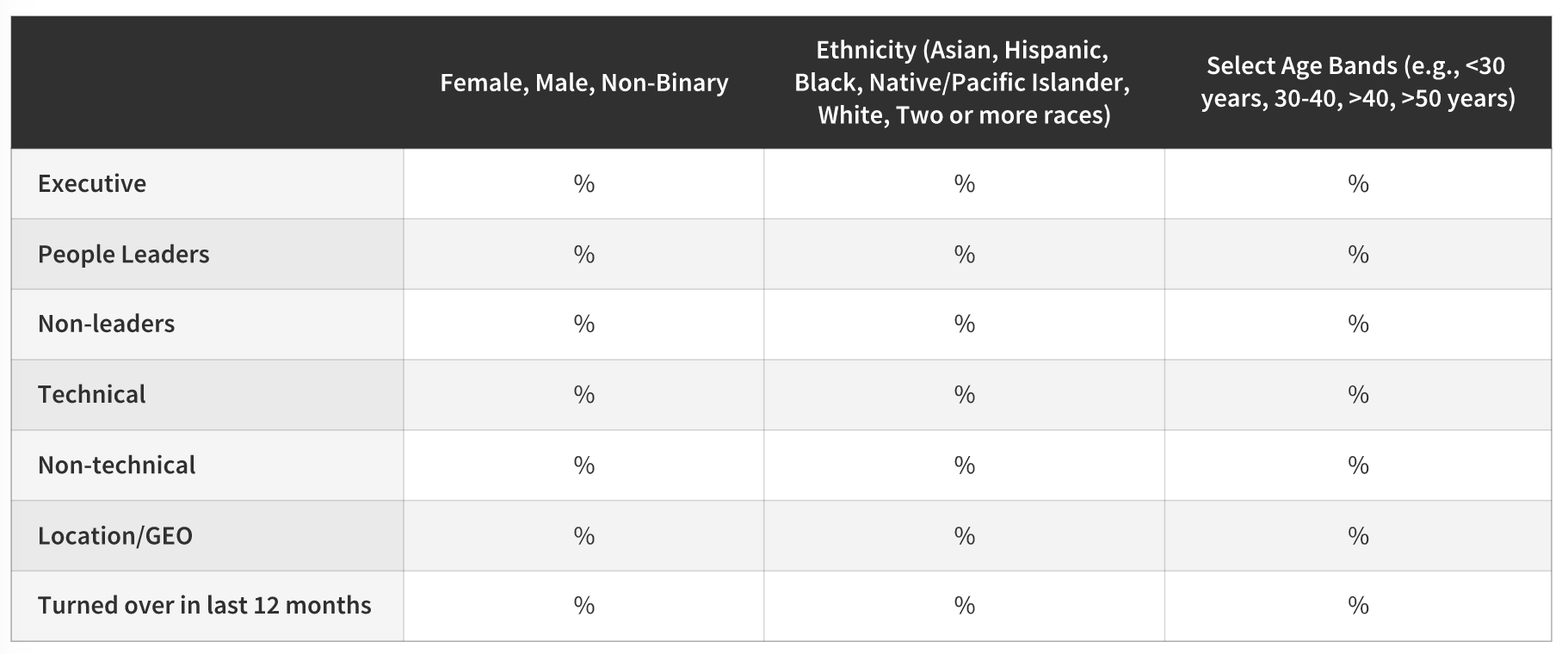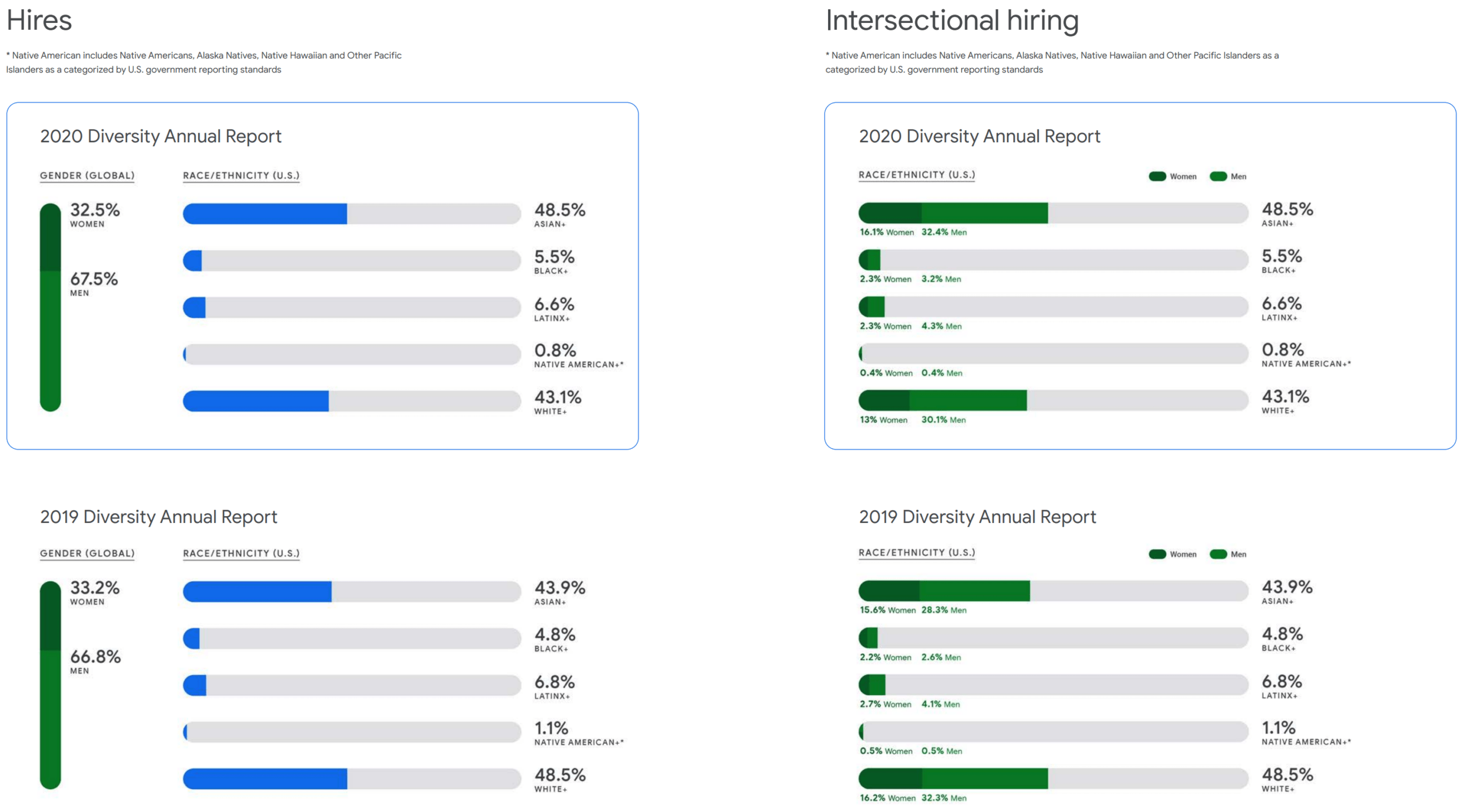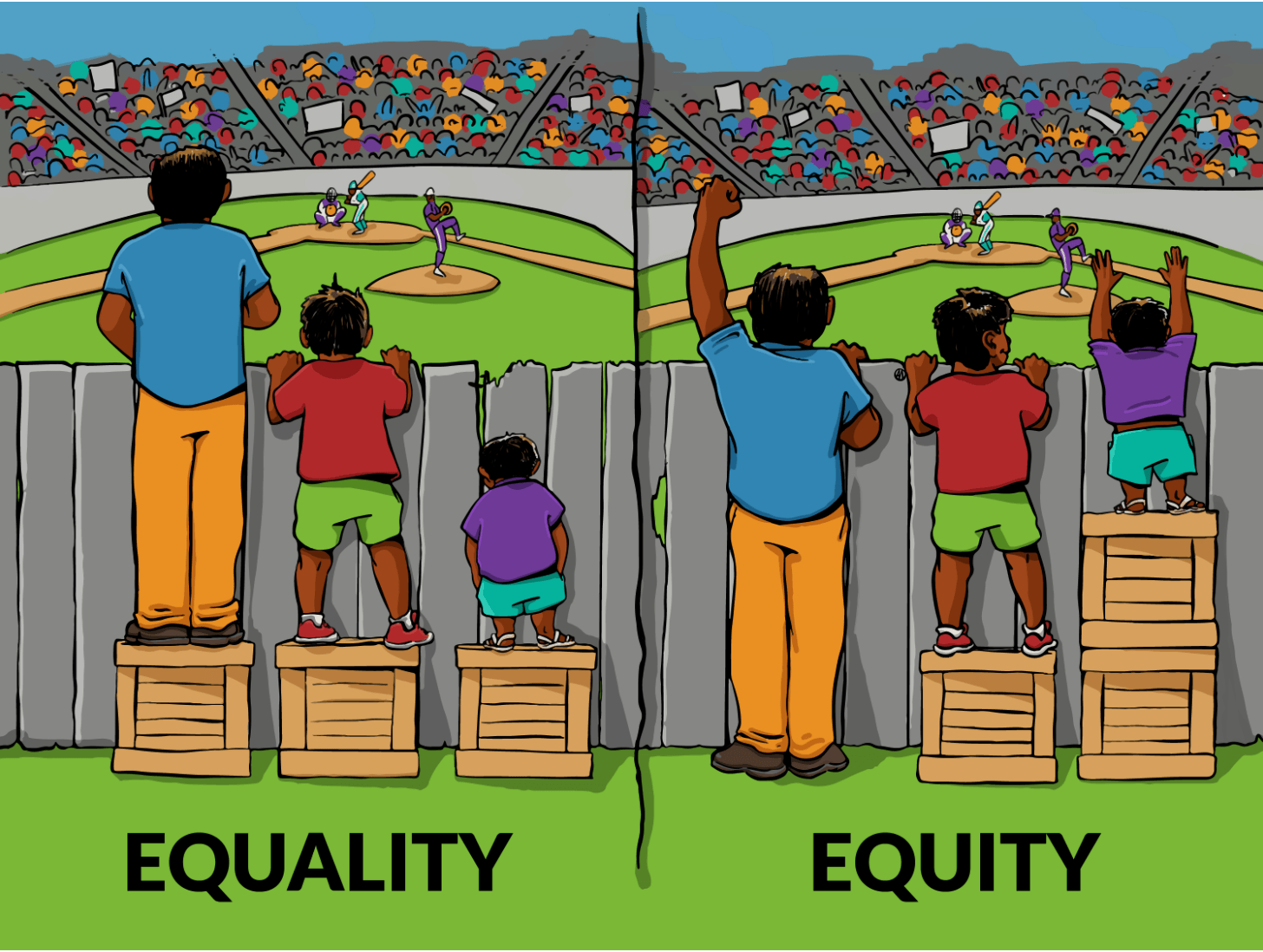Use Data as a First Step to Tackle the Challenge of Diversity, Equity & Inclusion

The topic of having a diverse, inclusive and equitable workplace for team members has never been more central to workplace discourse. It is an issue that evokes emotions ranging from passion to shame and to anger.
Right now, in this moment, the urge is to do something, to take immediate action. If you are in a position to do so, this can be the moment that changes your company’s future for the better. For example, Alexis Ohanian, Founder and CEO of Reddit, resigned from his own board, urging them to replace him with a Black board member.
Diversity, Equity and Inclusion (DE&I) is a complex issue and is going to require a lot of listening, and even more learning, rather than taking actions borne out of current emotion. As a society, and as businesses, we need to make lasting change. It’s important to remember that no one person – including the CEO or the top People leader – can know what steps to take to address inequity without, eliciting and hearing the voices of many others. Like other critical business changes with important stakeholders, leaders must be grounded in the input of those stakeholders, the data that will measure progress, and the transparency that will hold them accountable.
Balanced Scorecards are a common business tool to lay out goals, align actions and provide information about whether companies are succeeding or failing at programs they claim as important. Along these lines, creating a Diversity Scorecard is the first step towards being honest about progress and putting down what matters.
In our research, we found this thoughtfully written survey piece from CompTIA , a large member organization that is a leading IT certification provider to the tech sector. Their 2018 study looks at the state of diversity specifically in the U.S. technology sector, and provides a good high level view of the current situation in startup and ScaleUp companies.
The report contains rich data about diversity in tech companies. “Fifty-four percent of non-white workers say diversity in the high-tech world falls behind other industries, compared with 39% of white workers who feel similarly.”
The authors point to Apple’s openly published Inclusion & Diversity Scorecard as one benchmark for how companies can track and share progress towards creating a vibrantly diverse workplace.
Google has a robust take on their diversity and inclusion program: “Data continues to inform our work.” What is useful about Google’s transparent report is that they clearly outline the progress they’ve made and the steps they are planning to take to continue to improve. There is no target number for the company to reach that would imply their work is done. Here is a snapshot of their 2020 Diversity Report:
Apple and Google are established and publicly traded companies with deep pockets and resources to publish annual metrics. Insight’s ScaleUp portfolio companies have fewer resources, but can similarly track progress on key diversity and inclusion measures. What these sophisticated scorecards are really tracking is this:

Example Diversity Scorecard
The companies have set internal goals for each of these key metrics, just like any OKR, and are aligning programs, investments, processes (e.g., recruitment, retention, development) against them. They’re holding the results up for all to see, both the progress and the misses.
This type of scorecard has already been implemented by an Insight portfolio company and it paints a powerful picture of the company’s current diversity compared to its stated goals for inclusion; it has given them a starting place from which to act.
The image below is a visual reminder of why “treating everyone with respect” and paying homage to equality is insufficient, and why companies will find a Diversity Scorecard useful. Value statements alone aren’t enough to realize true diversity, equity and inclusion in a workforce.
Remember: Executives aren’t solely responsible for the ideas, actions and results of DE&I within the company. It requires the voices and perspectives of many, and companies don’t have to be Google to treat diversity as a business imperative – this is the power of the Diversity Scorecard. It communicates what you’re going to do and demonstrates that you’re making DE&I a business priority.
Listen, Involve, Commit, Do
Implementing a Diversity Scorecard will take courage because it showcases your baseline, holding a mirror up to reflect the current status. The data is the data. It’s the starting point to listen, involve many and act to move the needle. The scorecard doesn’t necessarily have to put down targets, but, knowing that the measures are being tracked will propel people start to take the right actions in order to demonstrate progress.
Your Diversity Scorecard is a first step on your journey to a diverse workplace for the future.













